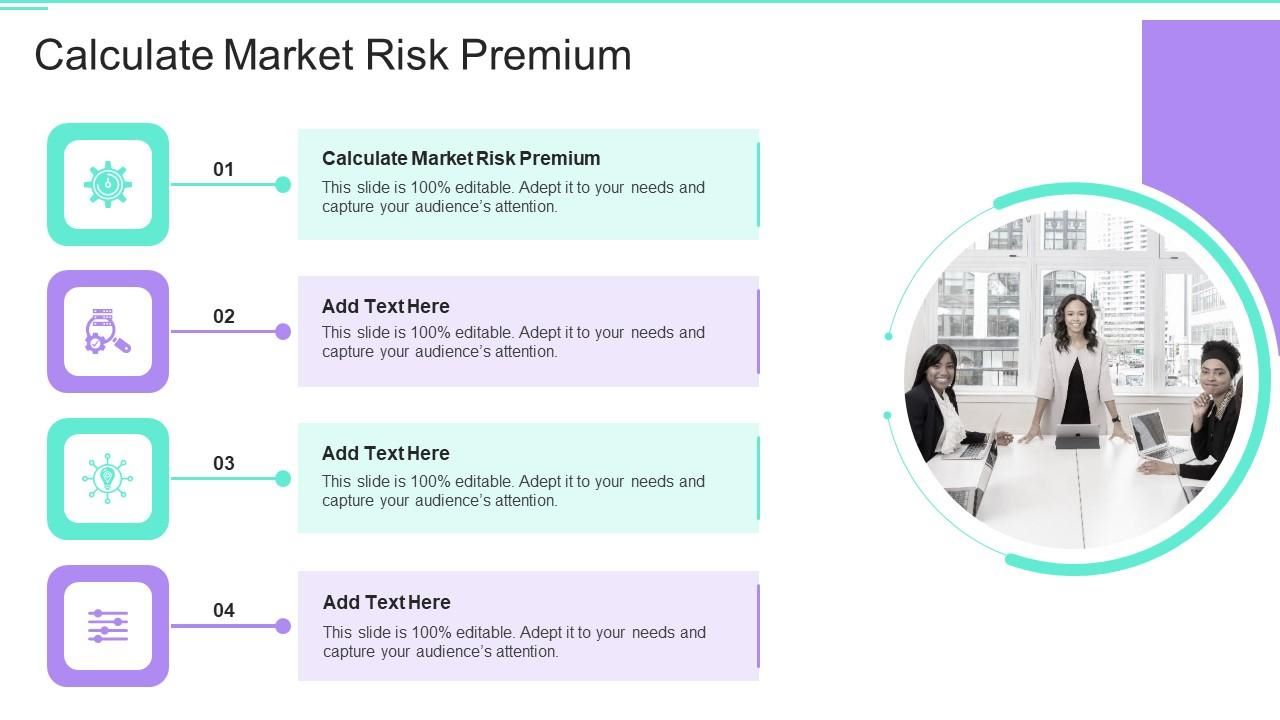

Finance
Definition And Example Of A Blow Up
Published: November 9, 2023
Discover the meaning of blow up in finance and explore an example. Learn how unexpected events can impact financial markets and investments.
(Many of the links in this article redirect to a specific reviewed product. Your purchase of these products through affiliate links helps to generate commission for LiveWell, at no extra cost. Learn more)
The Definition and Example of a Blow Up: Understanding the Financial Implications
In the world of finance, the term “blow up” is used to describe a situation where a financial investment or institution faces a catastrophic failure or significant loss. It can refer to an individual’s investment portfolio, a company’s financial position, or even an entire market. In this blog post, we will delve into the definition of a blow up, provide an example, and explore the implications it can have on various stakeholders.
Key Takeaways:
- A blow up refers to a catastrophic failure or significant loss in the world of finance.
- Blow ups can occur at individual, company, or market levels and can have far-reaching consequences.
Understanding a Blow Up:
A blow up can happen due to a variety of factors, including but not limited to:
- Market volatility: Unpredictable market fluctuations can lead to sudden and unexpected losses, causing investments to plummet in value. This can result from events like economic recessions, political turmoil, or natural disasters.
- Leverage: When individuals or companies use excessive borrowing or leverage to amplify their investments, they become more vulnerable to a blow up. While leverage can amplify gains in a rising market, it also amplifies losses during downturns.
- Operational risks: Poor internal controls, fraudulent activities, or mismanagement within a company can increase the likelihood of a blow up. This can happen if a company’s financial statements are manipulated, leading to inflated asset values or hiding significant liabilities.
Now, let’s take a look at an example to further illustrate the concept of a blow up:
Example: In 2008, the global financial crisis caused a widespread blow up in the housing market. Banks and financial institutions had invested heavily in mortgage-backed securities, which were based on risky home loans. As the housing market collapsed, the value of these assets plummeted, causing significant losses for these institutions. The blow up in the housing market triggered a chain reaction, leading to a broader financial crisis and recession.
Implications of a Blow Up:
A blow up can have profound implications for various stakeholders, including:
- Individual investors: Individuals who have invested their savings or retirement funds in the affected investment can face substantial financial losses. Their ability to meet financial goals, such as retirement or funding education, may be compromised.
- Companies and institutions: A blow up can cripple a company’s financial position, leading to bankruptcy, layoffs, and decreased investor confidence. Financial institutions may face liquidity issues, triggering a domino effect throughout the economy.
- The economy: Depending on the scale of the blow up, it can have far-reaching effects on the broader economy. A severe financial crisis can result in decreased consumer spending, lower business investment, an increase in unemployment rates, and even a recession.
In conclusion, a blow up is a significant event in the realm of finance that can cause catastrophic failures and sizable losses. Whether it occurs at an individual, company, or market level, the implications can be profound. It is essential for investors, companies, and regulators to understand the factors that can contribute to a blow up and take necessary steps to mitigate the risks and ensure financial stability.














